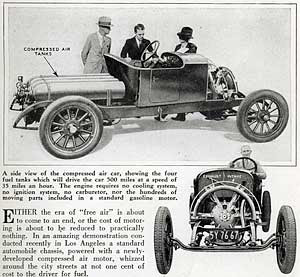Dear Lord Mayor
Posted by boatman on Apr 17, 2018 in Blog | 0 comments
Dear Lord Mayor
It was a pleasure to meet you last night and hear what you had to say.
There is no doubt in my mind we have to hurry now – I have heard it said we have only 10 years to put this ship about.
Met Office warns of global temperature rise exceeding 1.5C limit …
https://www.theguardian.com/science/2018/jan/31/met-office-warns-of-global-temperature-rise-exceeding-15c-limit
Jan 31, 2018 … In next five years greenhouse gases may push global warming past threshold set by Paris deal.
- because of our unceasing carbon emissions:
Analysis: Global CO2 emissions set to rise 2% in 2017
https://www.carbonbrief.org/analysis-global-co2-emissions-set-to-rise-2-percent-in-2017
Global Carbon Project (GCP) using preliminary data suggest that this is likely to change in 2017 with global emissions set to grow by around 2%
If we keep that up for 10 years, that will be almost 20% and heading for 7C temperature rise and an almost unliveable world in many places.
One of the larger carbon costs of a city – as you said, are its vehicles. Matthew and I are seeking to make and install locally units – powered by the sun, to take seawater and distill it, and from that distilled water make hydrogen for vehicles – whose only output is steam. The Hyundai Nexo is just such a car. Huydrogen busses are already being tested in Scandinavia.
South Australia has one of the oldest vehicle fleets in Australia – all fine old favorites, but they tend to have large engines, and probably optimised for a speed of ~ 70 kph. So in our stop-start traffic they will be pouring out fumes.
9,500 people last year died from vehicle fumes in London – many cities in Europe are about to ban big old diesels.
Instead of waiting for our vehicle fleet to slowly be replaced by such vehicles, existing cars could be converted to run on Hydrogen held in cylinders.
Another alternative is compressed air.
This did over 800 km at 55 kph in the 30′s. So people could have their old commuter converted to run on compressed air, have spare cylinders at home in the garage filled during the day by a PV powered compressor and refill their car when they got home, ready for the next days commute.
Meanwhile as a stop gap I run my old car carbon neutral on waste – filtered – frying oil, with the only downsides being a waft of BBQ & the need to change fuel filters occasionaly.
Would there be any help available in building proof of principle prototypes for these units?
Kind regards
Charli
Sir Charlie Madden Bt
BSc MTech MBA
Farm Energy Austalia Pl
3 Seaview Rd, Lynton SA 5062




 Water boatman is a unit on the water, that takes in polluted or sea water, distills it & either stores the pure water – or pumps it ashore. Water boatman is a unit on the water, that takes in polluted or sea water, distills it & either stores the pure water – or pumps it ashore.
Water boatman is a unit on the water, that takes in polluted or sea water, distills it & either stores the pure water – or pumps it ashore. Water boatman is a unit on the water, that takes in polluted or sea water, distills it & either stores the pure water – or pumps it ashore.